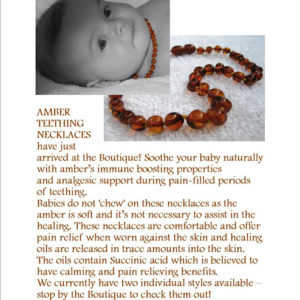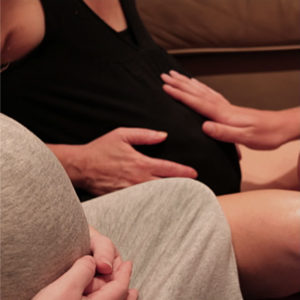“HUG Your Baby”: Reading Your Baby’s Body Language
Jan Tedder, BSN, FNP, IBCLCUNC Family Medicine CenterChapel Hill, NCjtedder@unch.unc.edu919-923-8295 The first few weeks of a baby’s life is exhilarating, magical, precious and, at times, overwhelming. The HUG Your Baby educational session I offer at WBWC is an effort to give expectant and new parents tools and techniques to prevent and solve problems around a newborn’s eating, sleeping, crying, and attachment. Here Jessica and Bill (not real names) share their experience with the HUG Your Baby ideas and resources. New parents, Jessica and Bill, had attended the HUG Your Baby program at the WBWC. But, that was two months ago – a lifetime ago since the birth of their newborn! Today they are in my office for their newborn’s first checkup. Mom seems anxious. “I put her to my breast, but she falls back asleep,” Jessica sighs deeply. “When she seems sleepy, I lay her down. Then her eyes spring open and she seems to wake up. I can’t tell what she’ll do next!” These parents, like most new parents, are confused about what “Zone” their baby is in. The HUG describes three newborn Zones: the Resting Zone (the sleeping baby), the Ready Zone (the baby ready to eat or play), and the Rebooting Zone (the fussy or crying baby). Babies move between these Zones many times throughout the day, and sometimes within the same hour! Zone organization reflects the baby’s developing neurological system. New babies, and especially babies who are born early or with physical challenges, are still developing clear and distinct Zone cycles. Parents can learn to “read” their baby’s Zones and help her move to the best Zone for eating, sleeping, and playing. After reviewing the information they had previously seen on the HUG DVD, Jessica is smiling when she sees me the following week. “Now, when it’s time for my baby to eat,” she says, “I get her to the Ready Zone.” With considerable enthusiasm, she continues. “I undress her and put her against my chest, skin-to-skin. She squirms and opens her eyes. I sway her gently or let her suck my finger a minute until I see her eyes brighten up to that Ready Zone.” Next Jessica describes helping her baby to sleep. “I’ve learned that she has two types of sleep: light and deep. In light sleep she wiggles and squirms. Her eyes flash open and she makes those sweet, baby sounds. … Read More





